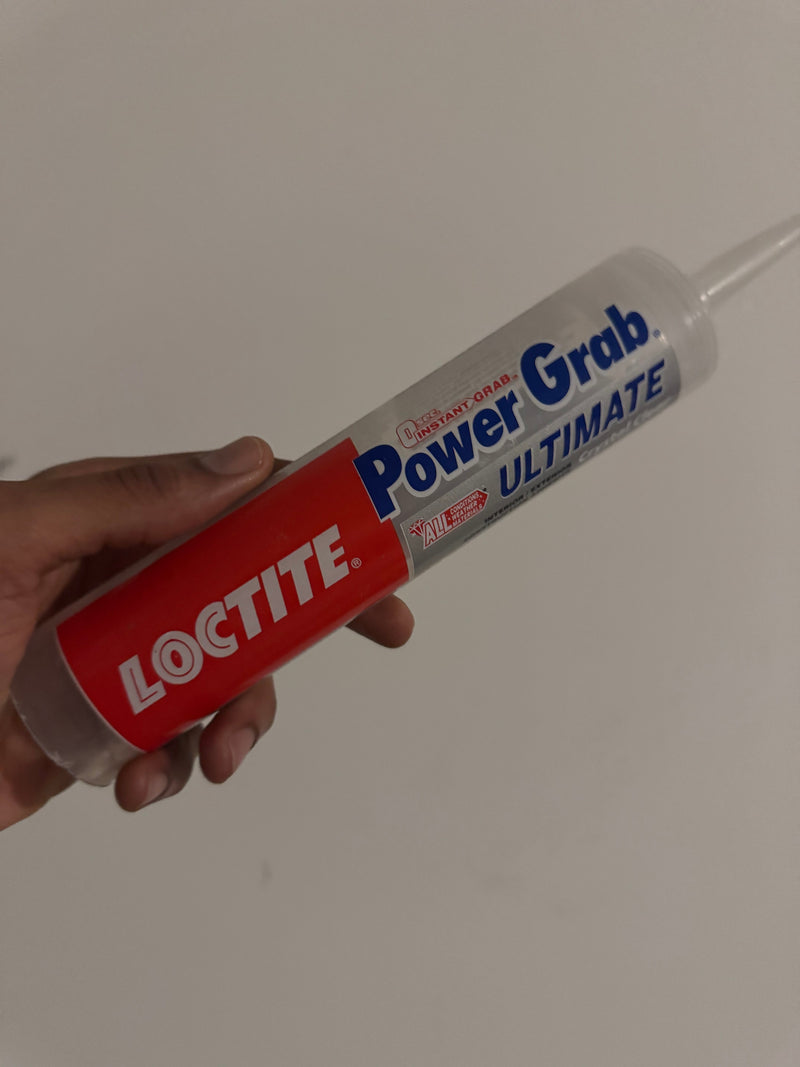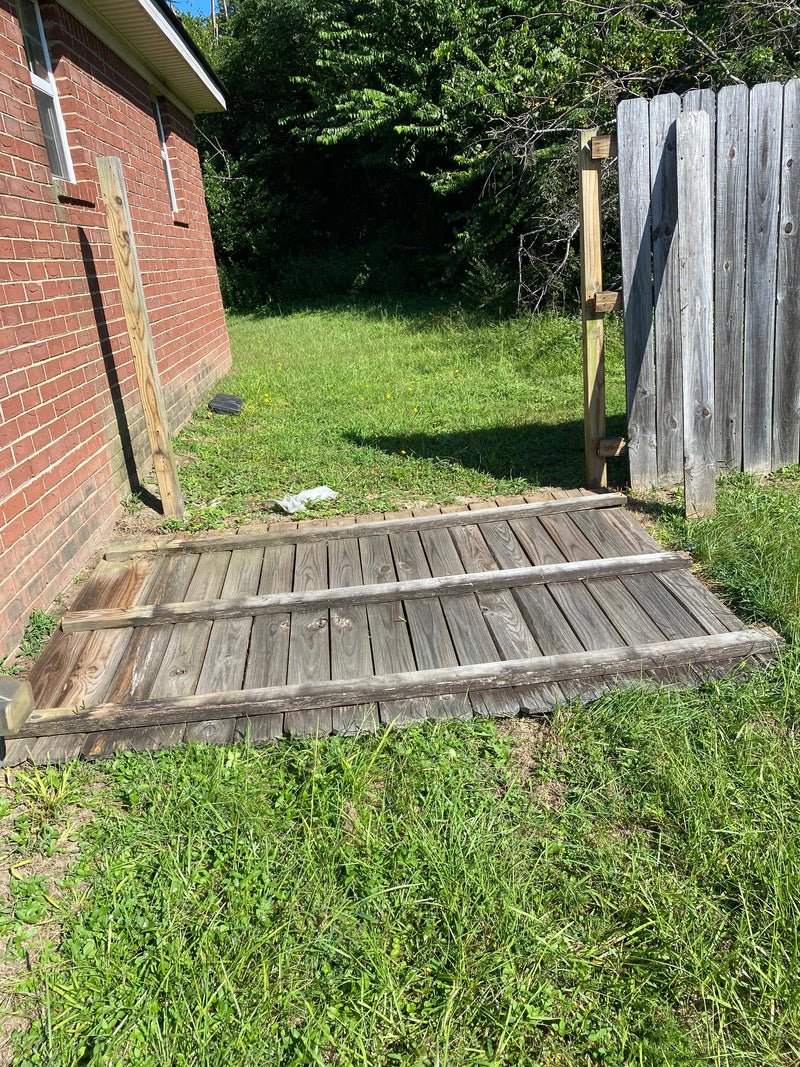Whether you are looking to save money on home maintenance or thinking about picking up a new side hustle, learning a few basic handyman repairs is a smart move. You do not need to be an expert or own a garage full of tools to get started. In fact, some of the most common and necessary home repairs can be done in under two hours with minimal equipment. These skills not only make your life easier but can also be the first steps toward starting your own handyman business.
In this post, we will cover five easy and common home repairs you can do yourself. We will also talk about how mastering these simple tasks can lead to real income opportunities. If you are ready to take control of your home and maybe even your finances, keep reading.
1. Fixing a Leaky Faucet
A dripping faucet is more than just annoying. Over time, it can waste gallons of water and increase your utility bill.
Tools and Materials Needed:
-
Adjustable wrench
-
Flathead screwdriver
-
Replacement washer or cartridge (depending on faucet type)
-
Plumber's tape
Step-by-Step Instructions:
-
Turn off the water supply under the sink.
-
Use the screwdriver to remove the faucet handle.
-
Use the wrench to unscrew the packing nut and pull out the stem.
-
Replace the washer or cartridge with a new one.
-
Reassemble the faucet and turn the water back on.
Pro Tip: Wrap the threads with plumber's tape when reassembling to prevent future leaks.
Why This Matters: This is a great beginner repair because it builds confidence and only takes about 30 to 60 minutes. Once you know how to do it, you can offer it as a quick service in your neighborhood.
2. Patching a Small Hole in Drywall
Holes in drywall happen all the time from door handles, furniture, or accidents. Fixing them is easier than most people think.
Tools and Materials Needed:
-
Drywall patch kit (includes mesh patch, putty knife, and joint compound)
-
Sandpaper
-
Paint (optional for touch-up)
Step-by-Step Instructions:
-
Clean around the hole and make sure the surface is dry.
-
Apply the mesh patch over the hole.
-
Use the putty knife to spread joint compound evenly.
-
Let it dry, then sand it smooth.
-
Add a second layer of compound if needed. Paint to match the wall.
Pro Tip: Use a damp sponge to smooth the edges before sanding. It will cut down on dust and make sanding easier.
Why This Matters: This repair teaches surface-level work and finishing techniques. You can start offering minor wall repairs to landlords or homeowners once you get good at it.
3. Replacing a Broken Light Switch
A non-working or flickering switch is not just frustrating. It can be unsafe. Replacing it is one of the easiest electrical fixes.
Tools and Materials Needed:
-
Screwdriver
-
Voltage tester
-
New light switch
Step-by-Step Instructions:
-
Turn off the power at the breaker.
-
Remove the switch cover plate and use the voltage tester to confirm the power is off.
-
Unscrew the switch and disconnect the wires.
-
Connect the wires to the new switch in the same way.
-
Screw it back into the box, attach the cover plate, and turn the power back on.
Pro Tip: Take a picture before removing the old switch so you can match the wiring exactly.
Why This Matters: This repair is a small intro to basic electrical work and builds trust with clients. Safe, fast, and valuable.
4. Unclogging a Slow Drain
Slow drains are one of the most common complaints in any household. You do not always need harsh chemicals or a plumber to fix them.
Tools and Materials Needed:
-
Plunger or drain snake
-
Baking soda
-
Vinegar
-
Hot water
Step-by-Step Instructions:
-
Remove the drain cover if needed.
-
Pour half a cup of baking soda down the drain, followed by half a cup of vinegar.
-
Let it sit for 10 to 15 minutes.
-
Pour boiling water down the drain.
-
If the clog remains, use a drain snake or plunger.
Pro Tip: Regularly pouring boiling water down your drains helps prevent buildup.
Why This Matters: It is simple, quick, and effective. Once you learn to clear clogs, you can offer this service repeatedly since it is a common issue.
5. Replacing a Toilet Flapper
A running toilet is often due to a worn-out flapper. Replacing it saves water and stops the annoying sound.
Tools and Materials Needed:
-
New toilet flapper
-
Rubber gloves
Step-by-Step Instructions:
-
Turn off the water to the toilet.
-
Flush the toilet to empty the tank.
-
Remove the old flapper and unhook it from the chain.
-
Attach the new flapper and adjust the chain length.
-
Turn the water back on and test.
Pro Tip: If the chain is too tight or too loose, the flapper won’t seal properly. Make small adjustments until it fits just right.
Why This Matters: Toilet issues are super common and easy to fix once you know how. This can be a quick win for any beginner looking to make house calls.
Ready to Turn These Skills Into a Side Hustle?
If you made it through these five repairs and feel like you could actually do this, you are not alone. Most people just need a little guidance to build confidence. And once you get that confidence, it opens up the door to making real money doing small repair jobs in your area.
Want to skip the guesswork and get serious about it? Check out Dee Bee’s Handyman Guide at the link below:
https://deebeefreelancing.com/products/dee-bees-handyman-guide
This guide covers way more than just basic fixes. Inside, you will find:
-
How to price your services
-
How to talk to clients
-
Real-world examples of jobs
-
Tips for building trust and getting repeat business
-
Ways to grow your handyman hustle into something sustainable
You do not need to be a licensed contractor or expert tradesman. All you need is a few tools, some hustle, and the right information to guide you.
Start today. Learn a skill, fix something around your house, and turn it into income. You will be surprised how quickly it adds up.



























!["Afrocentric digital artwork featuring [subject], showcasing rich melanin tones, cultural symbolism, and bold colors. Perfect for modern home decor, Black heritage appreciation, and artistic expression. High-quality print available in multiple sizes."](http://deebeefreelancing.com/cdn/shop/articles/Untitled_design_3.png?v=1740011344&width=800)
